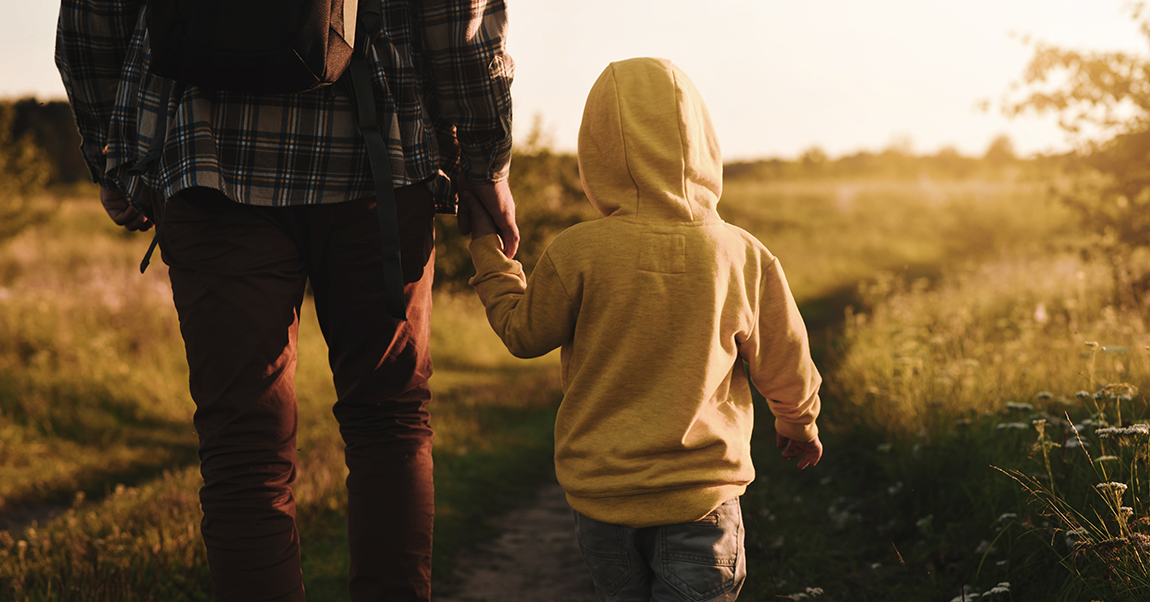
Nine weeks ago my worlds collided.
I am an educator with 17 years of experience working primarily with high school students. I am also a parent of two boys, twelve and five. I consider myself a great educator, creating opportunities that engage my students in meaningful ways and making connections to advance their learning. I also think of myself as a good parent, providing the boys a lifestyle better than I had growing up and giving lots of dad advice. When it became necessary to close schools and virtual/distance learning began, my abilities as a parent and educator have been challenged, questioned and strengthened.
My boys’ school has created an amazing virtual learning experience, with a balance between online and offline learning. Students are still engaged in grade level expeditions. STEM experiences are still designed to allow students to think like engineers. Teachers are meeting with students in small groups and the online work is based upon student ability level. As we get to the final weeks of the school year a driving question for me has become, “How can I create a meaningful PBL at home experience for a kindergarten student?”
Since we have the ability to walk around our neighborhood, we are constantly getting outside.
I coined these walks “Wonder While We Wander,” because the five-year-old would ask a million questions, such as:
- If the heart is a muscle can it flex like other muscles?
- Why is the appendix not useful?
- Why are viruses considered tricky?
- Why do you need to code to create a loop?
- Why are some bacteria not harmful?
I soon realized that I could not answer most of his questions, nor did I want to answer all his questions. What he was involved in was the “Sustained Inquiry” element of Gold Standard PBL. Many of his questions were generated initially by watching BrainPop. So to help him find the answer to some of his questions, we completed some of the supplemental activities after watching a BrainPop episode. We also read books related to the topic such as How the Body Works. We engaged in Curiosity Conversations, which consisted of me answering his questions with a question.
Excitement was brewing. I thought I would design the perfect project and highlight his learning, but…
My son pushed back with a simple, “No thanks.” This told me that the element of “Student Voice and Choice” had to remain at the center of home-based PBL. His choice was to run around the house and check how fast his heart was beating. His voice was asking questions about muscles getting weaker when you don’t use them or why we get stiff. His choice was to watch Doc McStuffins and compare his injuries to the characters’ injuries.
After weeks of these walks and conversations, I decided our “Challenging Problem or Question” would be, “How does the body function to keep us healthy?” I felt this question was open-ended enough to keep him asking more questions but also, with a little investigation, he could answer the question based on his appropriate understanding.
I began sharing some of the questions with my social network. Initially it was simply to share cute videos and pictures of my boy; I was not looking for a response, but friends who were experts in science or medical areas began answering some of the questions he was asking. This gave his questions an authentic audience. “Authenticity” is an important element during the planning of a project whether home-based or at “school”—so having “his” network of experts at his disposal has made this more real, and fun.
One evening he grabbed some paper and his colored pencils and began drawing.
He was drawing and coloring body organs. This is when we decided his “Public Product” would be his collection of drawings shared with his teachers. We are using his STEM teacher, art teacher, and homeroom teacher as his audience. He was also recently introduced to FlipGrid by his school. I am thinking this might serve as additional tool for “Reflection” and Public Product.
As a parent and educator, I do have these learning goals that I want him to gain by completing this home PBL experience:
- Demonstrate critical thinking.
- Understand that his questions matter.
- Demonstrate creativity.
- Apply his understanding of how the body works to his personal life (i.e., transfer).
This is a work in progress. At the time of this writing we are still completing his school assignments and working towards completing the project. Through our process, I have been reminded that children are naturally curious and will ask questions all day. Instead of answering all questions, set up the conditions for them to explore, experiment, and discover the answers they seek.
As the teacher/parent, you do not have to be the expert.
Reach out to the experts in your circle, by talking with neighbors, calling them on the phone, or using social media. And be okay with saying “I don’t know, but we will figure it out.” When we explore the learning journey as a team, learning is fun for the child and the adult.

